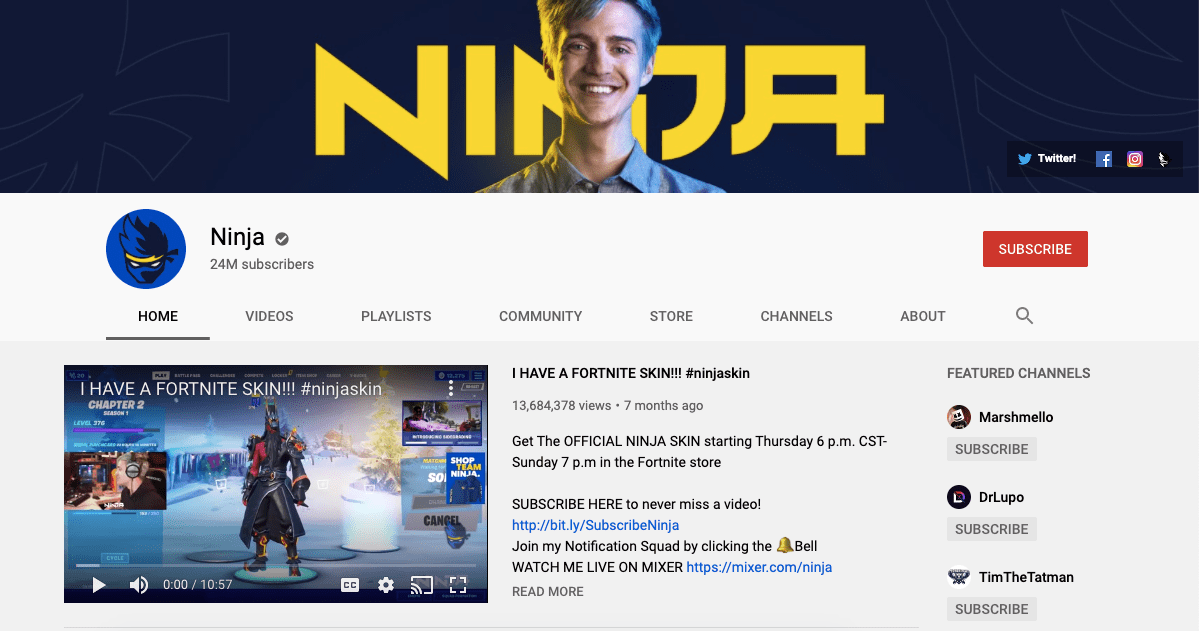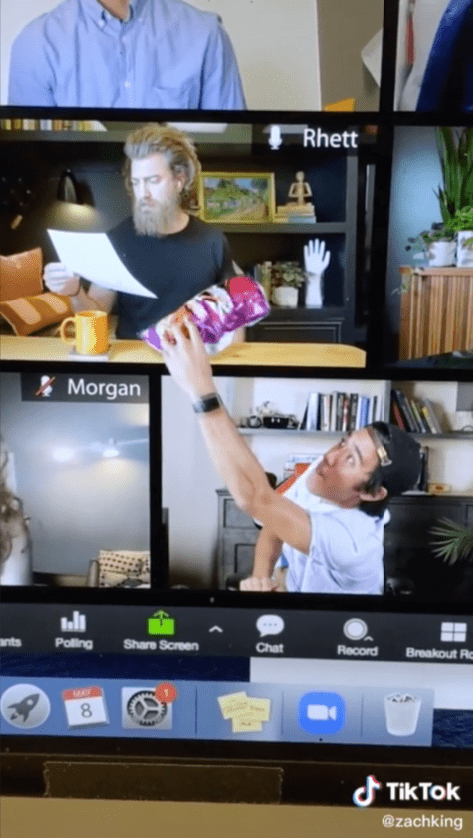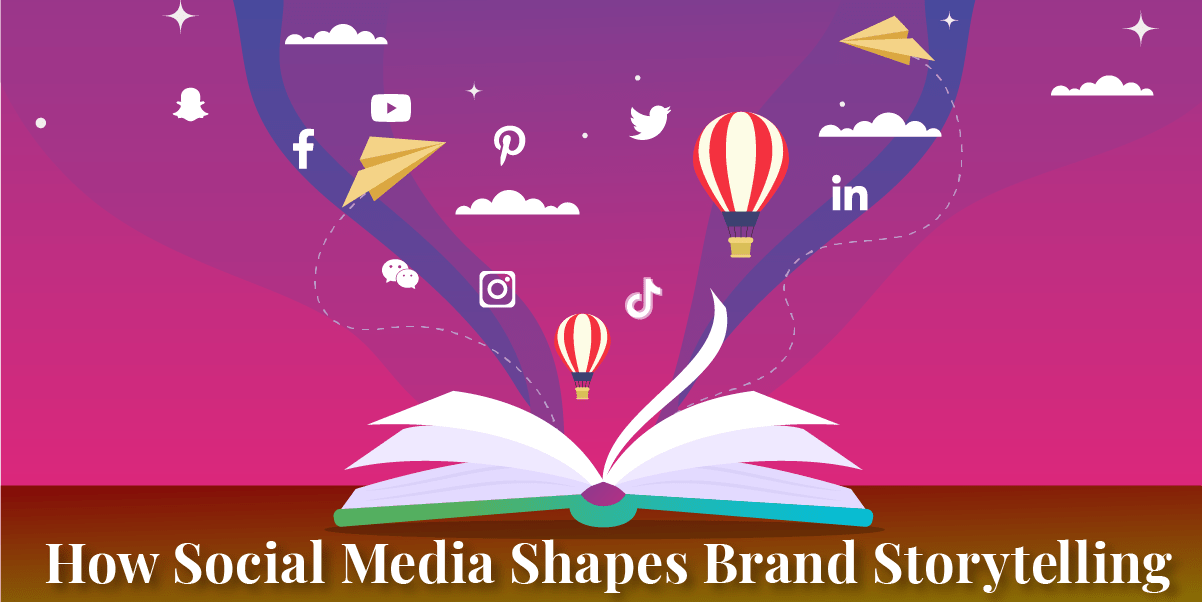What Influencers Can Teach Us About Storytelling In The Digital Age
Humans are storytellers at heart. Highly-social beings, we use stories to share our experiences and connect with one another on a deep, emotional level. When you tell a story, you’re not simply recounting a series of events you’re bringing an audience along on an emotional journey. The bigger their emotional response, the better chance your story will be remembered.
Commercial advertising was created as a means for people to share information about goods and services – and where there’s human communication, there’s inherently storytelling.
Brands understand that the best way to get their advertisements to stick is to elicit strong emotions – which is why most advertising is built on a bedrock of storytelling even in small TikTok influencer marketing type bytes.
Marketers should always keep their narrative chops on-point, including a firm grasp of the basic mechanics like plot, character and theme. But in today’s social media platforms, marketers also have an additional consideration – and one that makes a world of difference when it comes to generating strong emotions: optimizing stories for the medium they’re telling them on.
The Medium is The Message
We’ve said it before, and we’ll say it again – the medium is the message. While they increasingly offer similar functionality, the groundwork laid out in the early years of social media is a major factor in how users perceive each platform (and the kinds of stories that perform best).
What lessons can we learn about content – and storytelling – from the past decade of working with social media influencers?
Time is Always a Factor
Storytellers have been wrestling with time since the beginning of…well, time. How much time a medium affords has a profound impact on the way creators craft their stories.
YouTube was one of the first platforms to offer hour-long video uploads, which meant gaming enthusiasts could share lengthy play sessions in their entirety, resulting in the Let’s Play genre. While YouTube is hardly the only place for gaming now (anyone heard of Twitch?), it’s still top-of-mind for many users.

Popular gaming Youtuber Ninja has stood out with his content and let’s play videos.
Contrast that with the video platform Vine(RIP), which kept its strict, six-second time limit for the entirety of its lifespan. This constraint forced early adopters to get creative, playing with extreme jump cuts, stop-motion, sound effects and other storytelling techniques.
On Instagram Stories, or similar formats like Snap Stories, the global influencer marketing industry has figured out how to adapt the storytelling strategies to fit with today’s digital consumer behavior.
Where some see a roadblock, open-minded content creators see opportunity. One solution is to release pieces of your narrative intermittently using Stories, such as our recent project with Universal Pictures. We recruited four influences to weave together a gripping thriller by slowly rolling out connected Stories across an entire week – and audiences stuck with it to the end.

Open Influence‘s work showing how Instagram Stories can build suspense and deliver thrilling storytelling.
On the face of it, breaking up a tense story into 15-second bites flies in the face of many “storytelling rules,” but the results speak for themselves (a 3% drop- off rate to be exact, 10% lower than the industry average). We gave viewers the ability to follow along on their own time, dipping back into the story throughout the day as they checked their phones.
Production Levels Matter
One of the biggest physiological cues that affect how we perceive media is its production value. Something that looks polished can seem more impressive, but it also communicates to the audience that your content was made ahead of time. There’s nothing inherently wrong with that, but it does sit in stark contrast to the personal, in-the-moment experience that some formats like Instagram Stories afford.
If your influencer marketing strategy is more intimate – chronicling an exclusive party, going backstage at a concert – taking a less-polished approach might yield better results because it feels more experiential. This is especially true when working with content creators, as their audiences might be used to a more laid back style.
That’s not to say that a well-polished piece of content can’t shine (pun intended). For example, projects in luxury spaces, or those involving special effects, might warrant a little more production. In the end, how “produced” a piece of content feels should vary depending on campaign needs, the influencers you’re working with, and the story you’re trying to tell.
Open-Mindedness is Key
 Over the past decade, influencers have emerged as the premier content creators of our time. And whether it’s beauty vloggers or tech reviewers, they all have one thing in common: they approach work with an open mind.
Over the past decade, influencers have emerged as the premier content creators of our time. And whether it’s beauty vloggers or tech reviewers, they all have one thing in common: they approach work with an open mind.
Open-mindedness is the cornerstone of creative thinking, and it’s how all the best stories come to be. Digital influencers – many of whom can’t even recall a time without cell phones – don’t have as many preconceived notions about what content “should” and “shouldn’t be.” Vertical video was once a faux pas in traditional media – years later, brands are still playing catch up. Instead of taking the time to unlearn many outdated notions about media, brands can work more efficiently by partnering with the experts themselves for influencer marketing strategies.
Keeping users engaged is the pivotal point here. With a film, you have a captive audience for at least two hours. But on the internet, you’re only 5 seconds away from being passed up for the next piece of content. What’s the point of producing a beautiful, ten-minute video for YouTube that gets clicked off immediately when a shorter piece of content would have yielded better results? Sure it’s the same story, but the outcome couldn’t be more different.
That’s why partnering with influencers and digital creators is such an essential part of today’s marketing toolkit. If they’re not careful, brands can find themselves stuck producing content for yesterday’s consumers, instead of telling stories tailored for the times.
Once upon a time, a group of open-minded content creators started a storytelling revolution. Through trial and error, experimentation, and grit, they discovered how to tell their own tales using the power of influencer marketing on social media. Brands and marketers who learn from these pioneers are guaranteed to deliver better content, see greater ROI, and increase their chances of living happily ever after.

